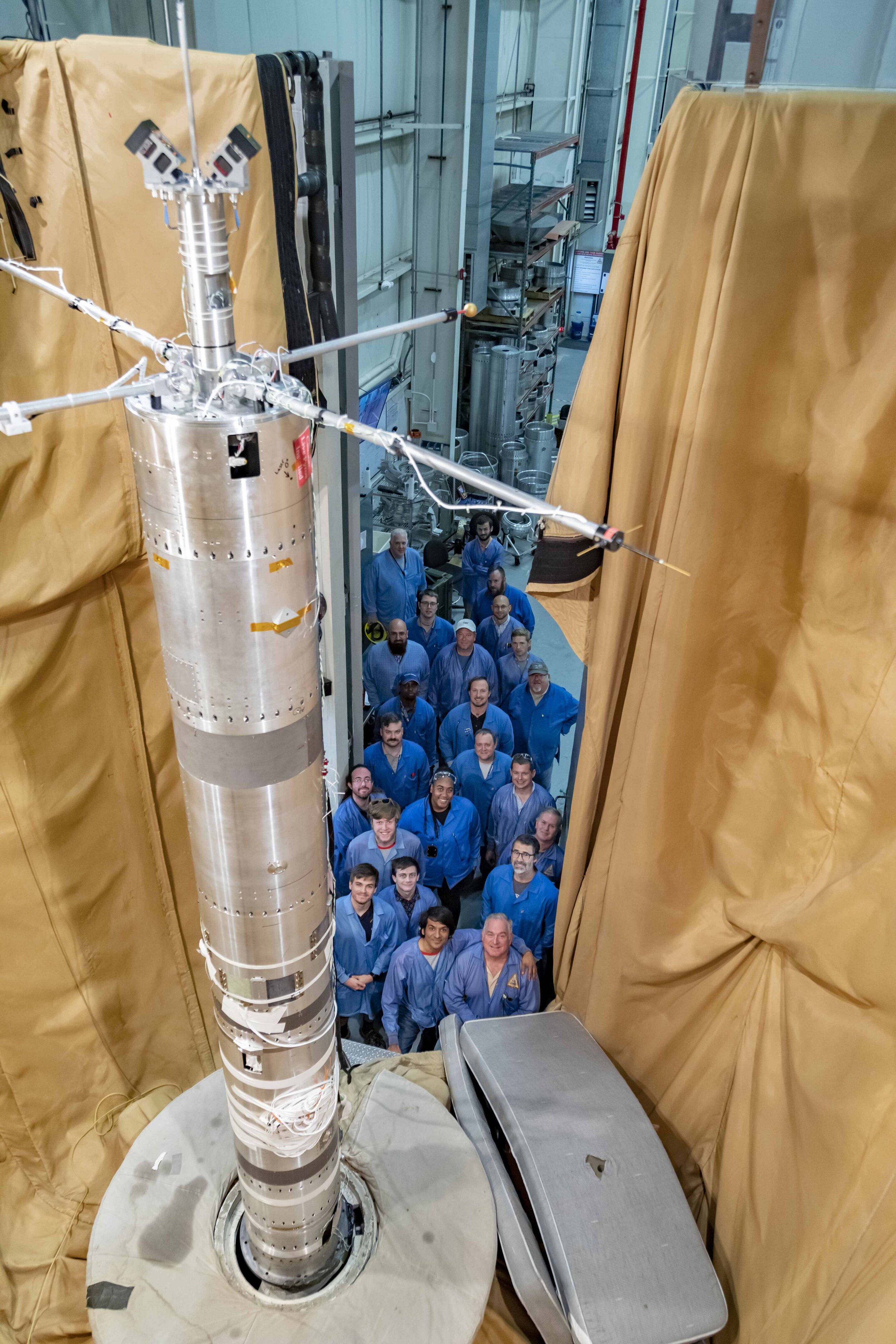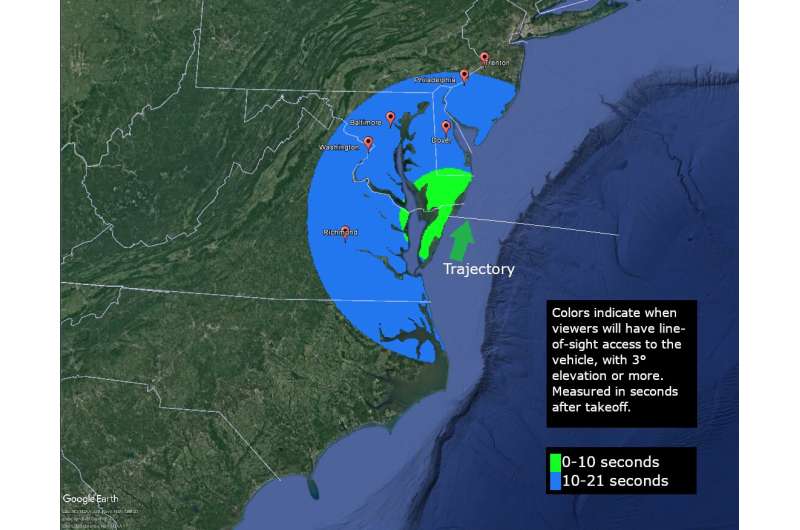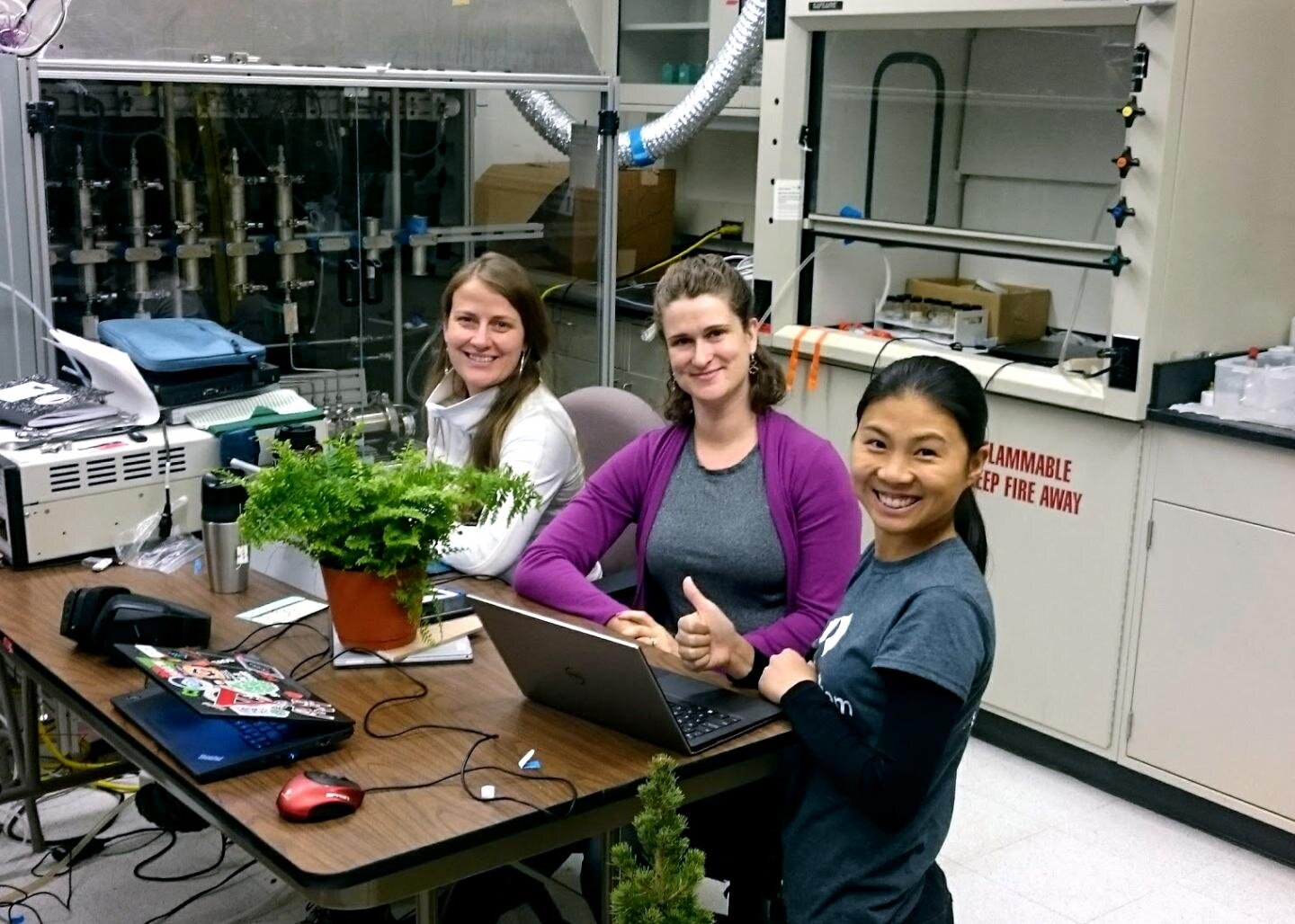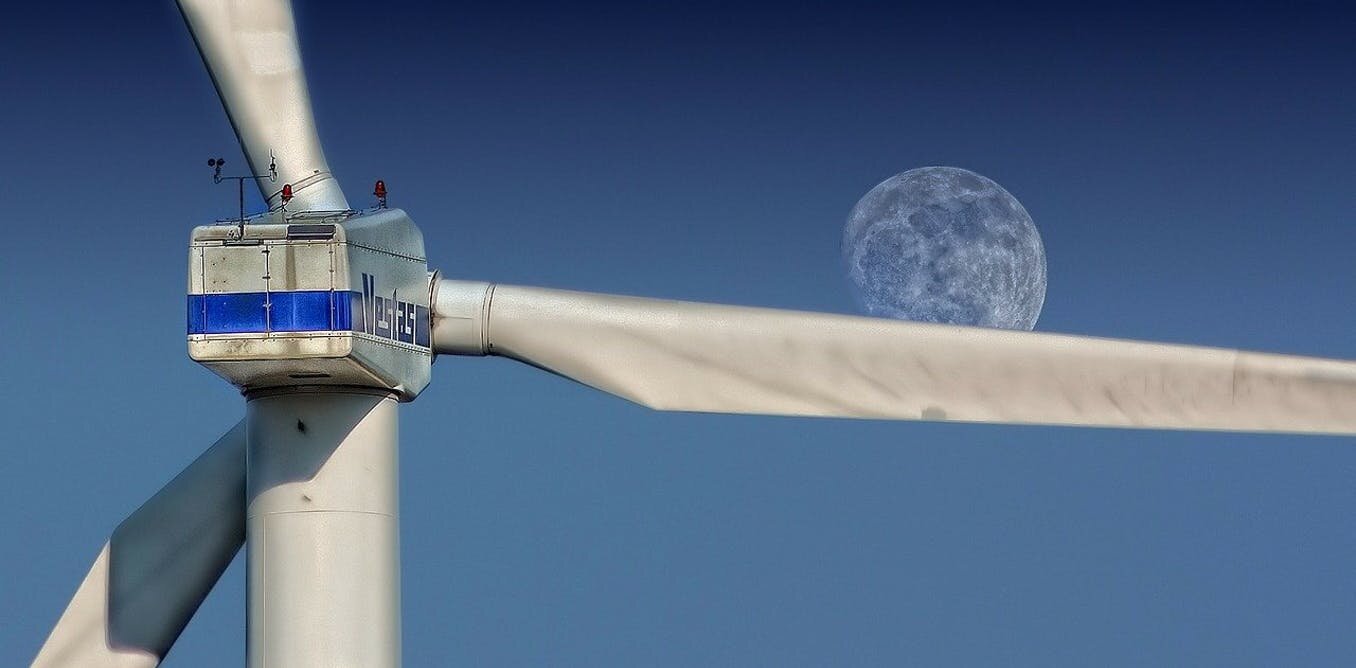#NASA rocket launch will test science package for future missions

Table of Contents
“NASA rocket launch will test science package for future missions”

NASA will test new science equipment for future missions with a sounding rocket launch August 22 from its Wallops Flight Facility in Virginia.
The Sporadic-E ElectroDynamics Demonstration mission, or SpEED Demon, will fly new instrumentation along with heritage instruments that have flown on other sounding rocket missions, but not together. The SpEED Demon instruments will be further improved based on results from this launch and will subsequently fly on a science mission targeted for summer 2024 from the Kwajalein Atoll in the Marshall Islands and possibly many other sounding rocket opportunities.
SpEED Demon will launch on a 40-foot tall Terrier-Improved Malemute sounding rocket between 9 p.m. EDT Aug. 22 and 1 a.m. Aug. 23. The backup launch dates are Aug. 23 through Aug. 27.
The NASA Wallops Visitor Center will open to the public at 8 p.m. on launch day for viewing the flight. The rocket launch is expected to be visible from the mid-Atlantic/Chesapeake Bay region. Live coverage of the mission is scheduled to begin at 8:40 p.m. on the Wallops YouTube site.
While the main purpose of SpEED Demon is to test the instrument package, scientists are hopeful that they may be able to measure sporadic-E layers in the ionosphere, the electrified upper portion of Earth’s atmosphere that’s made of ionized gas called plasma.
“Sporadic-E layers are like patchy, invisible clouds of dense plasma that sometimes disrupt radio communications,” said Aroh Barjatya, SpEED Demon principal investigator and director of the Space and Atmospheric Instrumentation Lab at Embry-Riddle Aeronautical University in Daytona Beach, Florida.
“These layers are seen throughout the globe, with those at the Earth’s mid-latitudes increasing in abundance and activity during summer,” said Barjatya. “Having a complete understanding of them is necessary to model them accurately and predict their occurrence.”
On Earth, sporadic-E layers occur from 62 and 87 miles, a range that is nearly impossible to study in-situ with satellites. Only sounding rocket missions, such as SpEED Demon, provide the opportunity to fly through the layers and take direct measurements of this phenomenon on Earth. The electric currents associated with sporadic-E layers have been measured before but not with a comprehensive instrumented package that can give deeper insight into this activity.

“SpEED Demon is demonstrating a comprehensive instrument package in a single rocket scientific payload. The main payload ejects four instrumented sub-payloads, thereby allowing simultaneous measurements over an expansive area in space. Such a capability is expected to be used for many other scientific sounding rocket missions in the future,” said Barjatya.
SpEED Demon is designed to test technology, and therefore will not wait for precise science conditions to occur as other science-focused missions do. “But we could get lucky,” Barjatya said. “The current August 22 launch window is at the tail end of the northern hemisphere sporadic-E layer season. So, fingers crossed.”
NASA rocket using ‘astronomical forensics’ will study exploded star
Citation:
NASA rocket launch will test science package for future missions (2022, August 22)
retrieved 22 August 2022
from https://phys.org/news/2022-08-nasa-rocket-science-package-future.html
This document is subject to copyright. Apart from any fair dealing for the purpose of private study or research, no
part may be reproduced without the written permission. The content is provided for information purposes only.
If you liked the article, do not forget to share it with your friends. Follow us on Google News too, click on the star and choose us from your favorites.
For forums sites go to Forum.BuradaBiliyorum.Com
If you want to read more Like this articles, you can visit our Science category.



